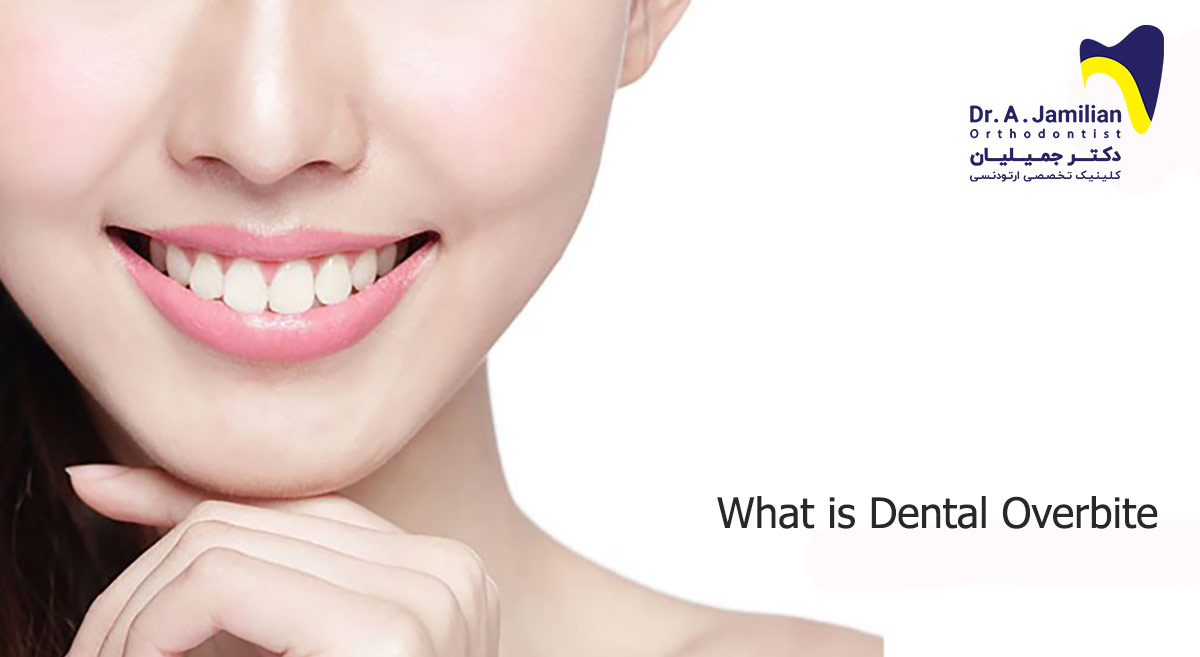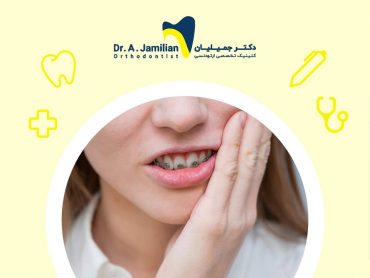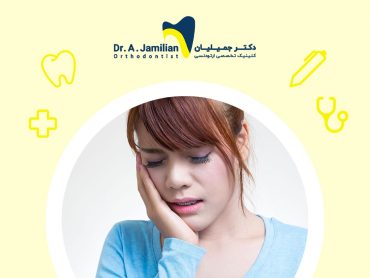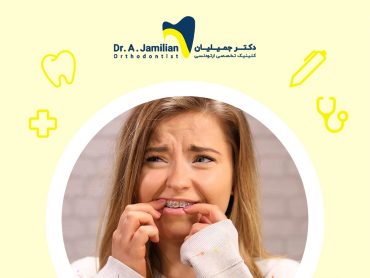An overbite occurs when the upper jaw overlaps the lower one. It is common for some patients to have a slight overbite of just one or two millimeters, but others have more severe bite issues. A malocclusion or deep overbite occurs when a severe overlap between the upper and lower teeth. As a prevalent malocclusion, an overbite easily changes one’s face and makes one look older.
Diagnosis of an overbite
You can easily diagnose an overbite by smiling in front of a mirror. To this end, gently fit your jaws together when your mouth is closed. Then wide your lips and smile deeply. You can now evaluate the position of your jaws and teeth in the mirror.
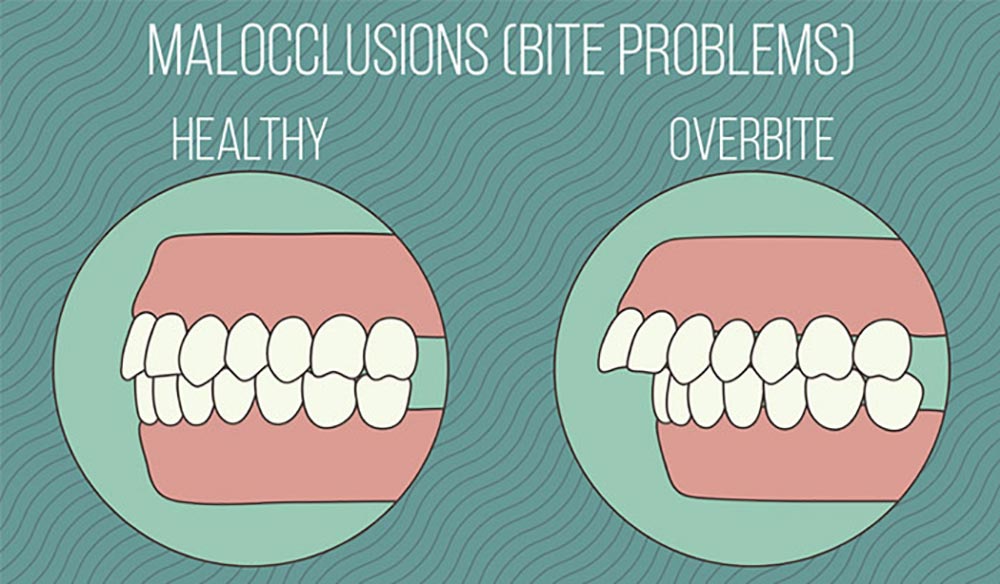
You suffer from an overbite and should visit an orthodontist if your maxillary teeth abnormally overlap the mandibular teeth. The jaws look abnormal in people with an overbite, something that can easily be noticed at a glance.
Orthodontic treatment of an overbite
Patients may be initially concerned about the orthodontic treatment of an overbite. The first step to correct an overbite is to visit an experienced orthodontist to plan the best treatment procedure based on the examinations and the overbite’s type and severity.
The best orthodontic treatment for the overbite is planned after considering all aspects. Malocclusions may differently affect jaws and teeth, and some patients may need more specialized and longer treatments while others may achieve the desired result by minor procedures.
What are the treatments of an overbite?
Orthodontics is the best option for the treatment of an overbite as a Class-II malocclusion. Despite the possibility of orthodontic treatments of an overbite for patients of any age, such therapies can produce more favorable therapeutic effects at lower ages.
The incomplete maxillofacial development in children, or a Class-II malocclusion, can be easily treated by orthodontics without any need for surgical procedures. When adult patients with an overbite visit an orthodontist, they cannot be treated as easily as children because of full maxillofacial development in mature patients.
The orthodontic treatments of deep overbite in adult patients should be followed by a surgical procedure to achieve the desired result and complete the malocclusion correction. A surgical procedure is required when the patient suffers from a severe malocclusion or maxillofacial abnormality of a skeletal origin.
In minor overbites, jaws can be returned to their original position using orthodontic elastics to push the mandible forward.
Orthodontic springs can also be used to correct an overbite. Orthodontic springs apply higher pressure to teeth and jaws and are usually used to treat severe overbites.
Other treatment options for an overbite are as follows:
- Orthodontic brackets (metal, ceramic, intraoral, or lingual): Orthodontic brackets are the most common appliances to displace teeth and correct malocclusions in children and adults.
- Retainers, orthodontic elastics, and expanders: These orthodontic appliances are mainly used to treat maxillofacial abnormalities and malocclusions in children with incomplete maxillofacial and dental development.
- Invisalign orthodontics: Transparent and invisible retainers are among the most popular orthodontic options for the treatment of overbites, especially in adults who prefer to obscure their orthodontic appliances.
- Tooth extraction: In some cases, the orthodontic may decide to extract one or more teeth to provide enough space for maxillary teeth and then return the front teeth to their normal position to fit the mandibular front teeth easily.
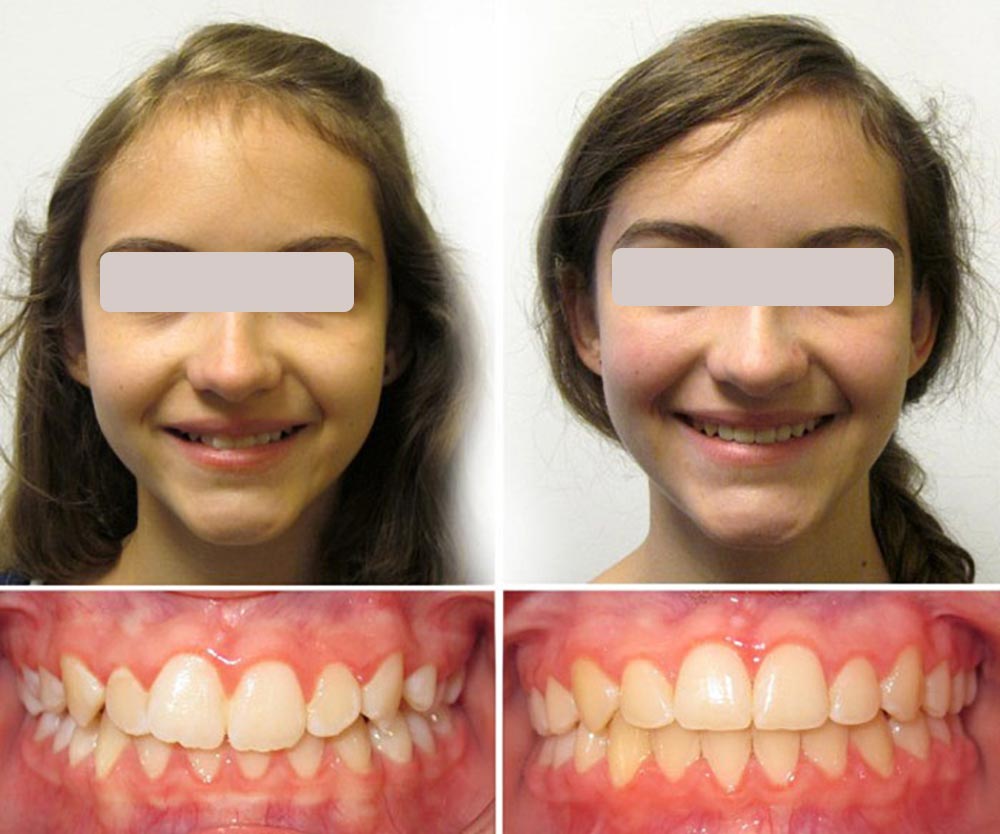
Best time to treat an overbite
The best time to treat an overbite is before puberty because maxillofacial and dental growth continues, making it easier to treat such a malocclusion. Girls reach puberty earlier than boys, and the best time for the treatment of an overbite is before the age of 10 and 12 years, respectively, for girls and boys. However, the orthodontist can determine the exact time and duration of treatment based on dental examinations and the malocclusion type and severity. It is not always possible to set a specific age for the beginning of treatments because of several factors. In addition to the chronological age, the orthodontist considers other specialized factors to determine the best time for an overbite treatment.
Orthodontic treatment of an overbite in children and adults
You should not be surprised if the orthodontist proposes you a two-year orthodontic treatment plan. The orthodontic treatment of mild overbites in children is easier before puberty and usually takes shorter. The case is quite different for the orthodontic treatment of adults. Maxillofacial and dental development is completed in adults. It is not easy to restructure the jaws; thus, more extended treatment plans may be required consisting of both orthodontic treatments and surgical procedures to treat an overbite in adults.
Most parents misunderstand the orthodontic treatment of an overbite and are unaware of the importance of the early treatment of this malocclusion in childhood. Orthodontists apply painless and straightforward methods to help correct growing jaws, preventing the occurrence of significant abnormalities or malocclusions in the future.
What are the complications of an overbite?
A dental overbite affects facial beauty and attraction. Severe overbites may cause unpleasant deformities so that one may feel embarrassed in family and friendly gatherings. Other complications of an overbite include maxillofacial pain, difficulty in speaking and eating, oral health problems, etc. The early overbite treatment can eliminate all its secondary difficulties and complications, bring beautiful and attractive smile design, and ensure long-term oral health.
